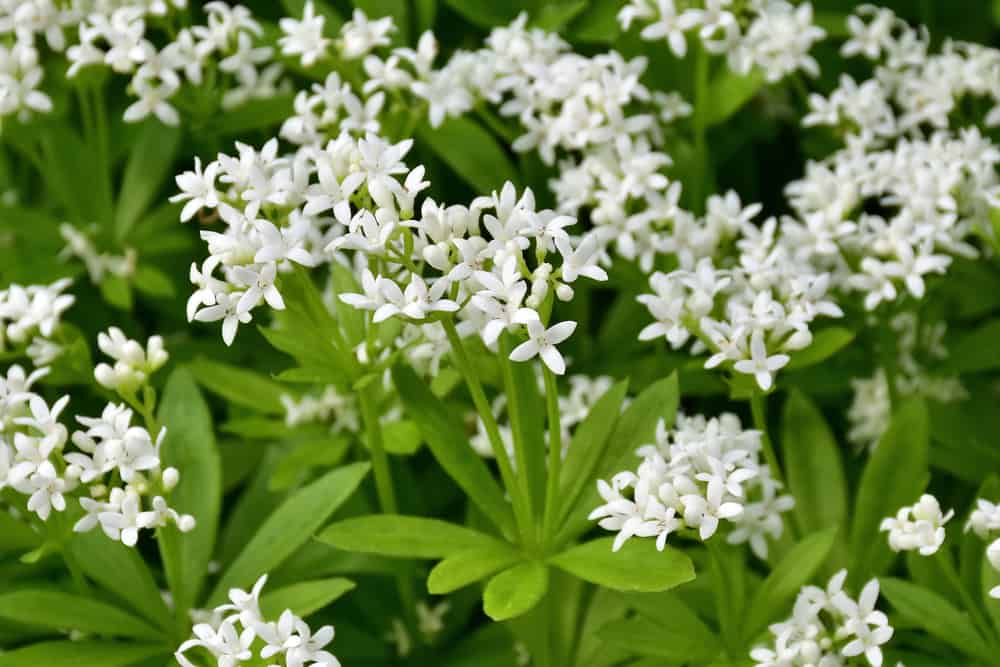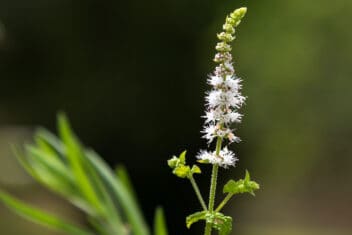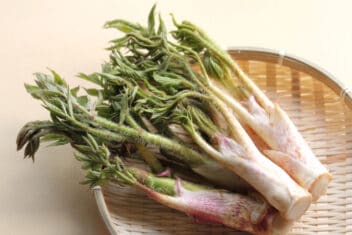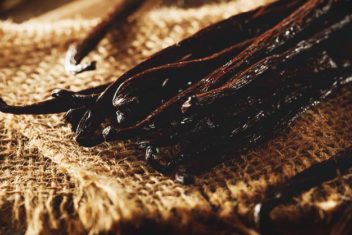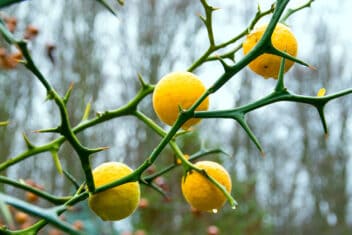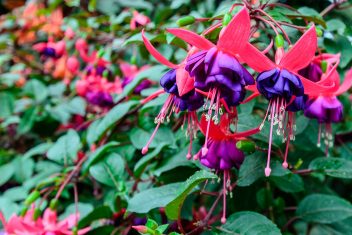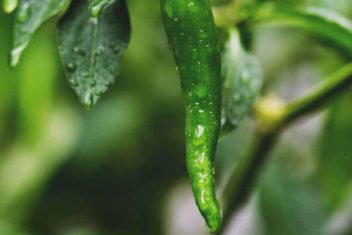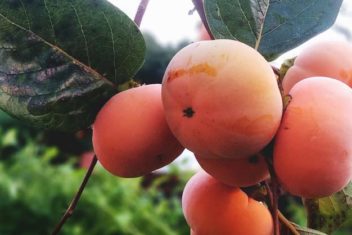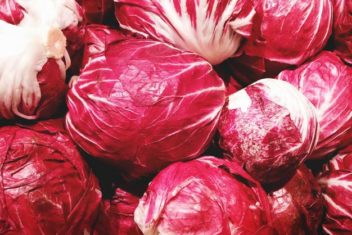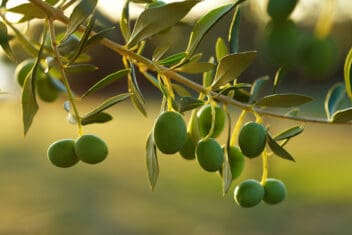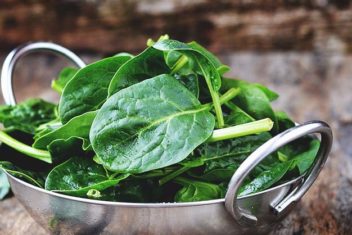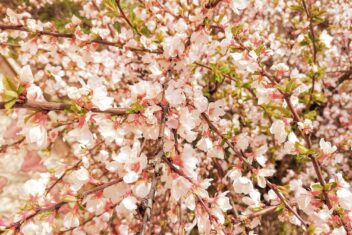Creeping throughout the garden, sweet woodruff offers a burst of bright, white flowers and fresh green leaves. It thrives in shady areas and adapts well to a variety of soils. A versatile herb and groundcover, growing sweet woodruff couldn’t be easier.
Sweet woodruff is ideal as a filler in struggling sections of the garden. Its scent helps to freshen up the areas around chicken coops and compost bins. Deer and rabbit-resistant woodruff also makes a great border plant to help keep pests away from your vegetable garden.
What is Sweet Woodruff?
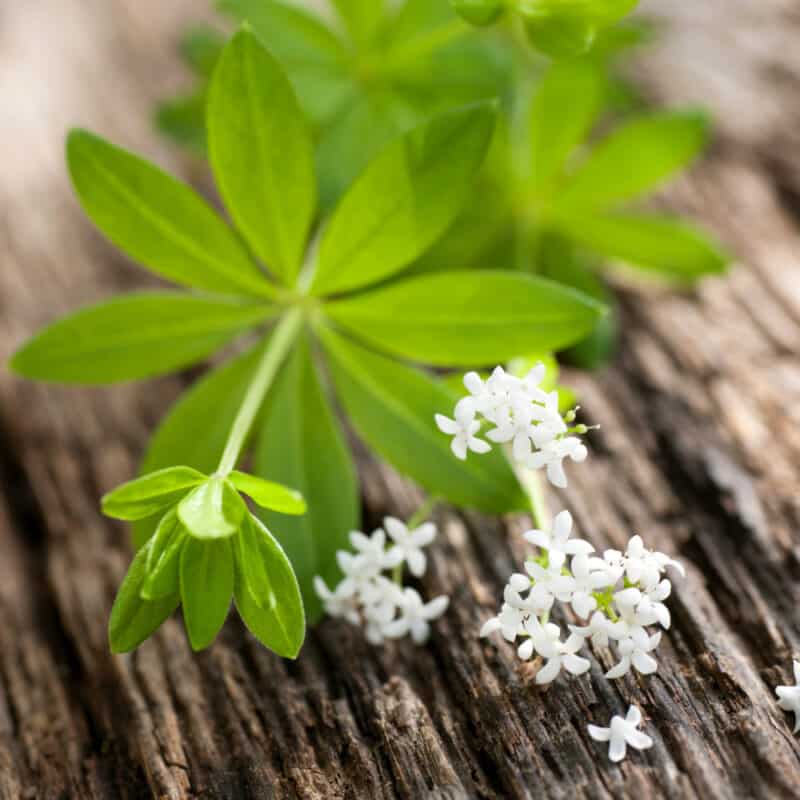
Galium odoratum, or sweet woodruff, is low growing, sweet-scented member of the Rubiaceae family. It can grow up to 12 inches tall and spread up to 20 inches wide. Since woodruff spreads quickly and tends to form tight mats of plants, it’s often difficult to determine how wide each plant is.
Woodruff is hardy in zones 2-8, making it an attractive choice for northern gardeners. In fact, this pretty plant needs a cold season to grow. In locations without at least a cool winter, woodruff often fails and dies.
It grows well in a variety of soils, in full or partial shade, and blossoms into a sweet-smelling carpet of white blossoms in April, May, or occasionally June. In late summer, sweet woodruff produces tiny, barbed fruits. These tiny burrs cling to clothing, fur, and feathers so that the seeds of woodruff can spread far and wide.
Because it’s a tough mat-forming perennial, it’s often used as a ground cover in shady spots.
Sweet woodruff isn’t just one of the easiest plants to try growing, it can even become invasive if left free to roam. Woodruff’s tendency to spread quickly can get overwhelming, but if you have a large area under shade, woodruff is a perfect choice.
People in medieval England adored sweet woodruff – aka sweetscented bedstraw – as a strewing herb, mattress filler, or flavoring for mead, beer, and syrups.
This lovely, creeping plant is essential in any cottage or herb garden. While there are some concerns about using sweet woodruff internally, its value in potpourri, scented arrangements, and homemade moth repellents is beyond measure.

Starting Seeds
Sweet woodruff is easy to start growing from seed, though many gardeners prefer to cut runners from established plants and set them in the ground.
If you know someone with a patch of woodruff, cutting runners is easier and quicker than starting from seed. Just make sure to ask permission first. For most people, woodruff is like mint or comfrey – we’re begging to give a few plants away each year.
But lacking a helpful neighbor, seeds are a great way to begin. Simply scatter the seeds across your well-prepared soil in early spring. Then, rake a little topsoil over them, and gently water the area. Keep the soil moist as the plants germinate and grow stronger.
It’s best to sow seeds after the danger of frost has passed, but well before the heat of the summer.
Soil Preparation
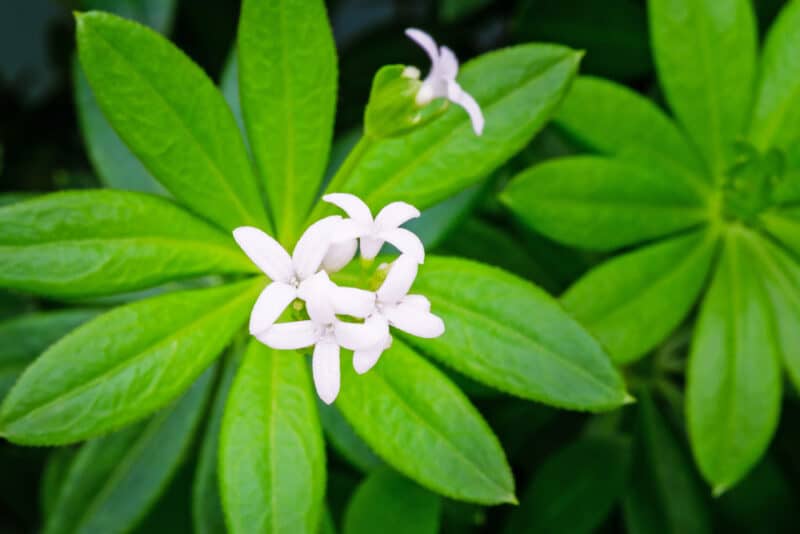
Sweet woodruff isn’t picky about where it’s growing. It can handle a wide variety of soils, but it prefers moisture-rich, well-drained, loamy soil. Dry earth under the protection of shallow-rooted trees is also acceptable. Avoid planting woodruff in drought conditions. Consistently dry soils cause the plant to struggle.
Shade is essential for this plant. Full or partial shade is ideal. If you plant woodruff in full sun, it tends to go dormant – turning yellow and waiting for conditions to change. Woodruff prefers acidic soil, but it’s an adaptable little plant and will generally accept whatever soil you offer.
Once you’ve chosen the ideal spot for this shade-lover, prepare the soil by adding well-composted organic matter. Compost, leaves, a little old manure, and plenty of loamy soil create the perfect environment for new woodruff plants to settle into.
Care & Feeding
Once the plants are established, you can ignore your woodruff until it’s time to prune back the edges. This plant doesn’t need any help taking over an area.
Sweet woodruff doesn’t need any later applications of fertilizer. In normal conditions, it doesn’t even need regular watering after those tender, young weeks as a seedling and small plant. Except during prolonged droughts, you can trust your woodruff to take care of itself.
If you do experience a drought, just water your woodruff along with the rest of the garden. Remember, woodruff appreciates moist, even wet, soil. If your plants seem a little too appreciative – spreading more than usual – cut off the water supply for a while to restrain them.
Controlling Spread
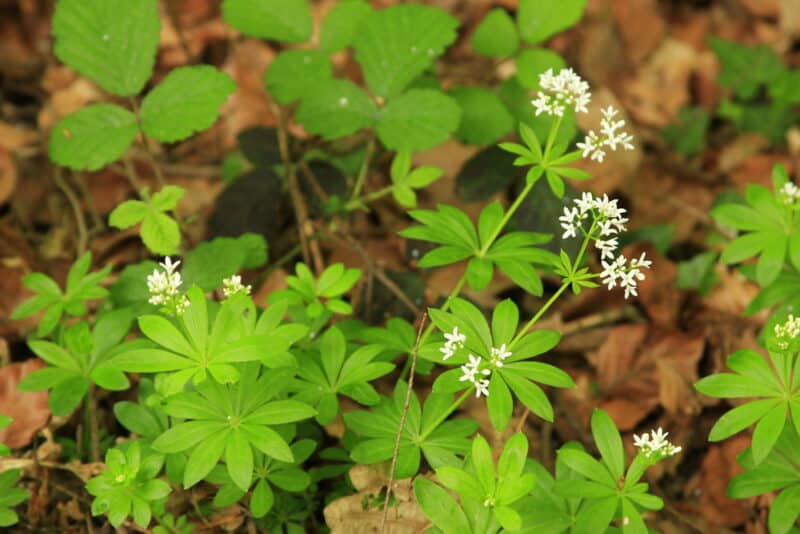
If you want to control the spread of your woodruff from the start, it’s best to plant in pots, raised beds, or create low barriers around your sweet woodruff beds. Brick or rock barriers reduce the spread of woodruff, but they won’t stop it entirely.
Instead, these barriers provide a visual edge to your woodruff bed and make cutting back the spreading plants easier.
Once sweet woodruff is established, it doesn’t care much about the quality of nearby soil. Woodruff will cheerfully spread into poor, dry soil – and even into full sun. So be prepared to weed it out of your neighboring garden beds regularly.
Of course, if you have one of those shady, oft-neglected little hills so common in suburban yards – the kind of little hill that leads straight to the road and struggles to support even the hardiest of plants – don’t bother cutting back the overgrowth.
Sweet woodruff is the ideal plant for hard-to-manage spots like this. It will spread and take over – and your neighbors will thank you for it!
Common Pests & Diseases
Almost nothing bothers this plant. It really is resistant to a wide variety of pests and diseases. Deer, rabbits, and even most insects are repelled by the strong scent we find so sweet. Coumarin – the compound responsible for woodruff’s sweet, vanilla and fresh hay scent – aids in disease resistance as well.
But no plant is invulnerable. Sweet woodruff can occasionally struggle with slugs, powdery mildew, and rust.
Slugs
One of the few pests that will attack woodruff is slugs. Woodruff and slugs share a love of moist soils, shady areas, and damp weather. But when slugs come out to play, they’ll devour the leaves and stems of sweet woodruff if they’re free to feed.
If you noticed slug damage on your sweet woodruff, take action right away. Beer traps or diatomaceous earth are quick, easy remedies for an overabundance of slugs in the garden. Both will kill the slugs in your garden and keep new slugs from setting up shop.
Powdery Mildew
When powdery mildew attacks sweet woodruff, you’ll find a white coating of chalky spots on the leaves. Eventually, powdery mildew will keep the leaves from absorbing sunlight. Untreated, powdery mildew can send woodruff into an early decline.
Keep powdery mildew at bay by spacing your plants – not an easy task when it comes to woodruff!
If your plants are growing in full shade, avoid overwatering, and give the leaves plenty of time to air-dry by watering in the morning. Do your best to water at the soil level and not on the leaves.
Rust
Rust is a common fungal disease that can affect a wide variety of plants. Like powdery mildew, rusts can affect your sweet woodruff when the growing conditions are damp. Rust can also live in the soil for years, waiting for the right conditions to attack your plants.
Fortunately, the pathogens that cause rust have a hard time overcoming woodruff’s natural defenses. If you notice yellowish brown-spotted leaves on your sweet woodruff, a quick copper treatment should clear up the problem.
Harvesting Sweet Woodruff
The best time to harvest woodruff for scent is after the plant is done flowering but before fruiting. Most of sweet woodruff’s scent is concentrated in the leaves of the plant. So, enjoy the pretty flowers, then cut back the stems when all the flowers are gone.
You can harvest most of the stem from woodruff. Then hang the stems and leaves to dry in a dry room, out of direct sunlight. Carefully dried woodruff has a strong scent and makes fantastic filling for drawer pillows and sachets. It’s also a common addition to potpourri and wreaths.
Is Sweet Woodruff Safe to Consume?
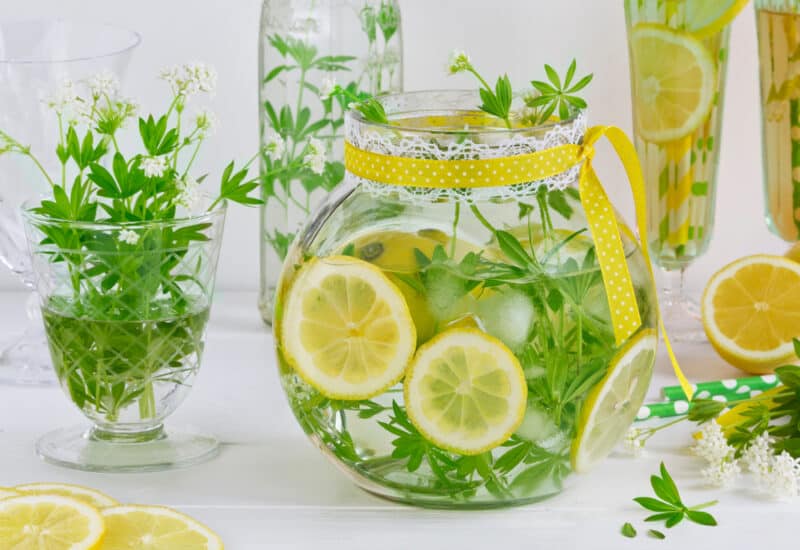
Most people probably aren’t growing sweet woodruff to eat it. But if you’re interested in growing multi-purpose plants, you’re in luck.
Woodruff’s sweet scent adds a distinctive flavor to beer, liquors, syrups, jams, jellies, candies, and other preserves. It’s been used medicinally to move fluids through the body, reduce inflammation, and calm nerves.
But, woodruff can also cause some problems. Coumarin, the compound responsible for woodruff’s scent, can cause dizziness and headaches. Excessive amounts of coumarin can even lead to liver damage.
While overdose is unlikely, you may not want to plan a kegger with that woodruff beer, ok? Otherwise, consumption of a moderate amount of teas, alcohols, preserves, or candies should be fine. Of course, if you have a liver condition, or are taking medications that affect liver function, talk it over with your doctor first.
